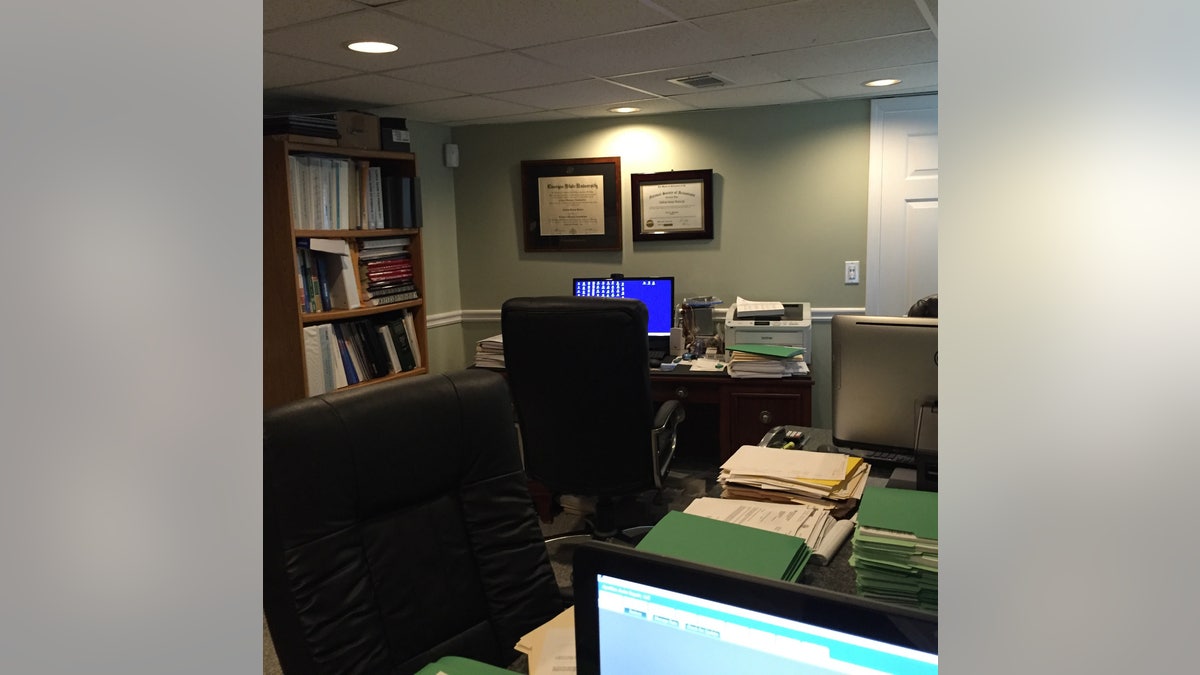
A more mobile workforce means more people than ever are working from home. In addition to saving cash on the commute, there is also money to be found in deducting your home office expenses when you file your taxes.
“Far too many entrepreneurs fail to capitalize on the home office deduction for fear of an impending audit, even though they’re legally entitled to it,” says Than Merrill, CEO of FortuneBuilders. The fear stems from a lack of understanding, especially when it comes to allocating household expenses proportionately. Still, the payoff can be substantial—in the thousands of dollars.
Former IRS Agent and author of Stick it to the IRS, Sherry Jackson, used to be the one performing audits. Today she specializes in helping clients set up home-based businesses. Before even considering tax-breaks, Jackson recommends checking with your local governing authority to find out if you need a license to operate your business from home. When Jackson started her CPA firm in her basement, she had to petition her county office for permission.
Once legality is established, an IRS-approved home office needs to be the primary place of business. It must be used regularly, if not on a daily basis, and it should be presentable and professional enough you can meet clients there. Ben Kelley of Tax Defense Network, LLC in Jacksonville, Florida recommends asking yourself one question every time you add something to your home office. Do I intend to use this in my daily work functions? If the answer is no, it doesn’t belong in your office.
In addition to being a primary place for your work, your home office must be used exclusively for business. It can be a spare bedroom, but it can’t be used as a place to crash. Replace the bed with a desk and furnish the space with anything required for conducting business transactions. Even accountants transform rooms in their own homes in order to take advantage of this tax break.
Andrew Poulos of Poulos Accounting converted his basement into a home office and claims deductions since he does a significant amount of work down there. It’s also worth noting that a home office doesn’t need to be within the home. Dean Ferraro, an agent at Authoritax, has a client who uses a 150-square-foot log cabin in his backyard as his home office. Although the cabin is not attached to his 1,700-square-foot home, it’s on his property so he’s able to deduct 8 percent of his home-associated expenses, including rent. “Most people aren’t aware that home office deduction is the only way to make personal rent deductible,” says Ferraro.
“Home offices are one of the highest risk items for audit on a tax return,” cautions Christopher Jervis, President of Lone Wolf Financial Services LLC. Eric L. Green, a tax attorney in New Haven, Connecticut agrees. “We see a lot of audits come out of aggressive use of the home office deduction.”
To get to "no questions asked," both experts say the safest bet is to file your deduction using the new simplified method. Also known as the “safe harbor” method, it allows taxpayers to take a flat deduction of $5 per square foot (not to exceed 300 square feet) of home office space. However, the traditional actual expenses method often results in a larger deduction, and therefore, more scrutiny from the IRS. It’s also more complicated as you have to determine and allocate actual expenses and depreciation.
To come up with deductible expenses, you are basically turning a percentage of personal household expenses into lawful tax write-offs. Direct expenses such as a separate phone line, newspaper subscriptions, business insurance, etc. are 100 percent deductible. But experts say indirect expenses, such as utility bills, sanitation, Internet, property taxes, rent or mortgage and other expenses you would have even if you didn’t work from home, are proportionately deductible.
To figure out that percentage, experts say calculate the square footage of your work space and divide it by the total square footage of your home. For example, 10 percent of indirect expenses would be deductible if you worked in a 150-square-foot office in your 1,500-square-foot home. Asif Muzaffarr, Director of Tax for the accounting software, inDinero, once had a client try to claim 80 percent of his 2-bedroom apartment was used as his home office. Muzaffarr’s managers finally talked him down to claiming a more reasonable 15 percent—but only after getting him to admit he used the apartment’s kitchen and bathroom outside of “office hours.”
Whatever you do, make sure you work with a professional who knows the ins and outs of the IRS. Before Poulos allows his clients to write off a home office, he drills them with the same questions the IRS will ask. His due diligence pays off in his low audit rate. Aaron Burnett, a self-employed photographer in Montana, has been writing off his home office since 2010 and still relies on an accountant to help. It’s pricey, but so far the IRS hasn’t asked any questions, leaving Burnett with peace of mind and more time, and money, to spend on the fancy camera equipment and editing software occupying his spare bedroom.